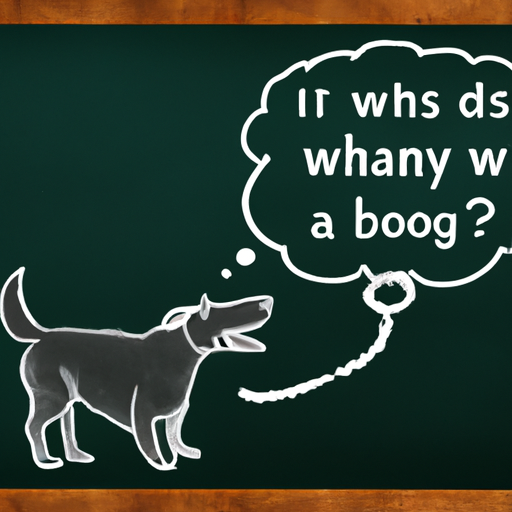1. Introduction
You’ve probably noticed that when you come home after a long day, your furry friend greets you with a wagging tail. In fact, you might have noticed that your dog’s tail seems to be constantly in motion, wagging back and forth at a rapid pace. But have you ever wondered why? What does it mean when your dog wags its tail, and how can you interpret these tail movements?
2. Understanding Tail Wagging Behavior
Tail wagging is a form of communication for dogs. Just as you use words and body language to express your feelings and intentions, your dog uses its tail to do the same.
- Happiness: You’ve likely observed that when your dog is happy to see you, its tail wags rapidly and in a more circular motion. This is a clear sign of joy and excitement.
- Anxiety or Fear: If your dog’s tail is tucked between its legs, it’s a sign that they’re feeling anxious or scared.
- Aggression: A stiff, high tail that wags slowly can indicate aggression.
3. The Science Behind Tail Wagging
Believe it or not, there’s a science behind your dog’s tail wagging. Research conducted by neuroscientists has shown that the direction and speed of tail wagging can indicate your dog’s emotional state.
| Wagging Direction | Emotional State |
|---|---|
| Right | Positive emotions |
| Left | Negative emotions |
4. How To Respond To Tail Wagging
You might be wondering, how do you respond to these different tail wagging behaviors? Here’s a quick guide:
- Happy Wagging: Reward your dog with affection or a treat to reinforce this positive behavior.
- Anxious or Fearful Wagging: Try to remove the source of stress for your dog, if possible. Provide a safe space for them to retreat to.
- Aggressive Wagging: It’s best to give a dog exhibiting this behavior some space, as they may be feeling threatened.
5. Conclusion
By paying attention to your dog’s tail, you can gain a deeper understanding of how they’re feeling and respond accordingly. Remember, tail wagging is just one part of a dog’s communication system. Always consider the whole picture, including body language and vocalizations, when trying to understand what your dog is trying to tell you.
FAQ
Q: Can the speed of tail wagging indicate a dog’s emotional state?
A: Yes, a fast wag is typically a sign of happiness, while a slow wag can indicate that a dog is feeling threatened.
Q: Does the height of the tail wag have any significance?
A: Yes, a high tail usually shows dominance or aggression, while a low or tucked tail can indicate fear or submission.
Q: Can all dogs wag their tails?
A: Most dogs can wag their tails, but some breeds have naturally short or docked tails, making the wag less noticeable.



